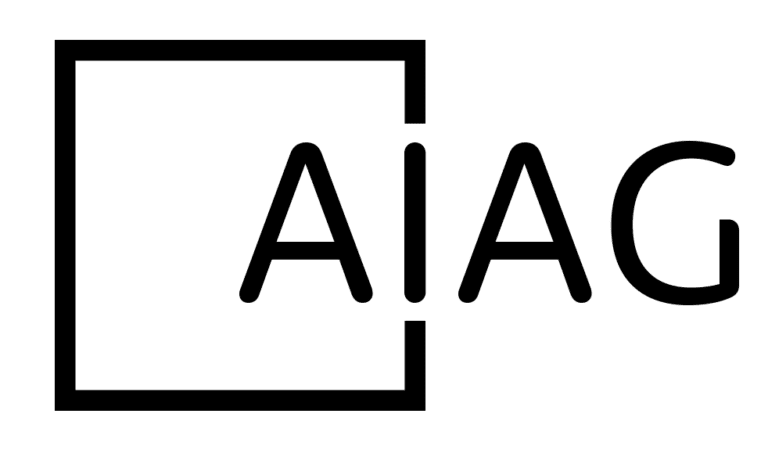The Challenge
A global EPC firm sought innovative ways to reduce inspection costs. Traditional inspection methods required 4-5 inspectors using scaffolding for manual measurements or expensive laser scanning; and sometimes both.
Microsoft had just released the HoloLens V1, a device intended to gain insights from enterprise industries for XR technology applications. The EPC firm aimed to collaborate with an inspection company to use HoloLens for third-party inspections, potentially transforming the inspection process by focusing resources on the exceptions rather than the rule.
The Approach
Recognizing that over 80% of inspections passed on the first attempt, the EPC firm saw potential in using HoloLens to target traditional inspections only on failures, thereby optimizing expenditure. However, extensive testing was necessary, and partnerships with vendors and commitments from inspection agencies were critical before investments could be justified.
Initially, the inspection agency expressed hesitancy. To address this, the consultant worked closely with Microsoft, Visual Live (the software provider), and the EPC firm. Detailed obstacles for scaling the HoloLens solution were identified through hands-on testing and fieldwork. During the initial months, the consultant traveled to various facilities to conduct HoloLens inspections alongside traditional methods to validate the technology’s effectiveness.
Key challenges identified included:
- Virtual shifting and alignment issues between design models and physical as-built models.
- Bandwidth limitations at inspection sites.
- Sensor issues in bright light or outdoor environments.
- Battery life and health and safety concerns due to the device’s weight and wear time.
- Environmental and situational awareness constraints.
The consultant documented these challenges and developed a best practice guide, which later proved valuable during the COVID-19 pandemic. However, scaling remained costly, and the training curve was steep for the intended inspector demographic. Questions arose regarding ongoing support and maintenance responsibilities, raising concerns about IT, operations, and head office roles.
The Solution
Recognizing the need for an alternative solution, the consultant conducted a successful test with an iPad equipped with the latest lidar sensors. This device performed the same tasks at a fraction of the hardware and software cost. Despite the initial insistence on hands-free device use, the client showed greater interest in the cost-effective iPad solution.
The goal was to facilitate innovative exploration with the client and provide expert feedback on the feasibility of emerging technology. The consultant demonstrated that they could save the client over 30% in additional costs while developing a scalable deployment plan sustainable for the inspection agency with minimal support and initial investment.
The Outcome
he project achieved several milestones:
- Cost Savings: The consultant proved a potential 30% cost reduction through the alternative iPad solution.
- Scalability: Developed a scalable deployment plan for the inspection agency.
- Innovation: Facilitated the first remote mixed reality inspection between an EPC firm in mainland China and an inspection agency in Houston, Texas.
- Best Practices: Created a comprehensive best practice guide addressing key challenges, aiding future deployments and remote inspections during the COVID-19 pandemic.
Conclusion
The HoloLens project with the EPC firm and the Third-Party Agency in mainland China exemplifies how innovative technology can revolutionize traditional inspection methods. By exploring both hands-free and alternative solutions, the consultant demonstrated significant cost savings and developed a scalable, sustainable plan for future inspections. This success story highlights the importance of adaptability and thorough testing in the implementation of emerging technologies in industrial applications.





